Vibration dampening is something always talked about whenever stabilisers are discussed. However, after testing all of the rods, I couldn’t really draw any conclusions on this matter. All the rods felt slightly different to shoot, but I couldn’t say one felt ‘better’ than another or that one significantly dampened the bow’s vibration more than another. After just a couple of dozen shots, you get used to how a certain rod vibrates, and the difference in vibration between rods can be seen by attaching an accelerometer to the bow. The vibration signature with each rod is slightly different, but not enough for me to draw a clear conclusion one way or another. In my opinion, vibration dampening doesn’t really make much difference to the shot itself, so preference is very much down to individual feel.
When writing this article, I got to test a great variety of rods of different shapes, sizes and lengths, which revealed to me that by far the two most important factors for your stabiliser are its length and the amount of tip weight you use.
Whilst it is important to have a rod stiff enough to comfortably support your desired amount of weight, after a point additional rod stiffness becomes difficult to perceive during shooting. A great example of this is the Carbofast stabiliser featured in this test.
Although it looks like a fairly average scorer in the comparison, I used this rod to shoot some of my best scores ever at 50m. This was simply because the length and amount of tip weight was perfect for me, and the stiffness was suitable to support that. Nothing else really matters.
In my opinion, archers should have a set of weights at least 20 oz at their disposal – most won’t use this many, but unless you have them available for testing, you will never know if your bow shoots better with them. When considering what stabiliser to buy, I’d think about weights first, length second and brand third.
|
|
|
|
|
|
|
|
|
|
|
|
|
|
|
|
The Pro-Stix rods from Specialty are some of the smartest looking rods on the market. The bushings are highly polished and the carbon rod itself comes with a cool textured finish, available in silver or black.
|
|
|
These come with built in quick release mechanism, which is a nice touch. The rod also comes with a rubber doinker included, which although will be fine for most archers, is not removable or adjustable. These rods are nice and slim and look great, but are not as stiff as other rods in this price bracket and come in a fairly restrictive set of sizes.
|
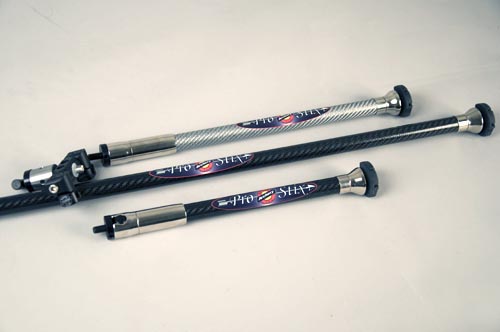 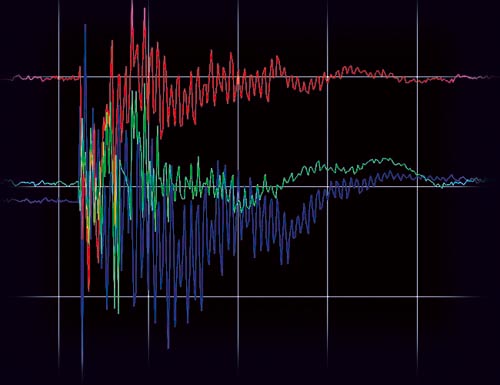 |
|
|
|
|
|
|
|
|
|
|
|
|
|
|
The black-x comes in a nice range of lengths, 28”, 30”, 32” and 34”.
|
|
|
The Carbofast rod did have a fairly rough finish compared to the other sets in this test, but since it’s actually a prototype of a model due for release in the future, we haven’t seen the actual finish yet.
|
|
|
The Carbofast rods are reasonably stiff and come in a useful range of sizes, but they are expected to have quite a high price tag.
|
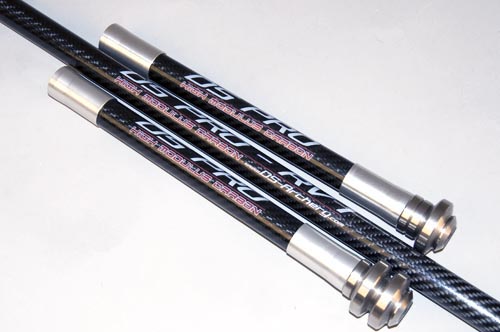 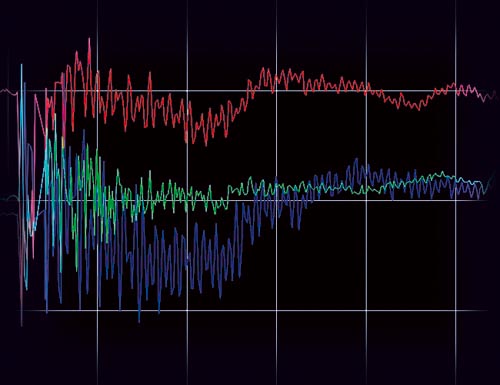 |
|
|
|
|
|
|
|
|
|
|
|
|
|
|
26”, 28”, 30”, 33”, 35”, 37”, 41”, 45”, 49”, 54”
|
|
|
The Beiter rods are plastic, stainless steel and carbon fibre, and look more functional and mechanical than aesthetic, but are very precisely manufactured which is obvious in the finish. The tuners come in a wide range of colours for those archers who like to colour coordinate their equipment.
|
|
|
The Beiter Centraliser longrods are completely different to any other rods in this comparison. They are becoming quite rare on the shooting line, and the reason is they are often not stiff enough to support the amount of weight archers are using in the modern game. Although they have unique tune- ability and are available in a vast array of sizes, they are very flexible. The flex in this rod also has a memory, meaning it can take a set bend. This is not ideal for anyone who rests their bow on their rod. An updated rod from Beiter would need to account for archers using much larger amounts of tip weight than when the current range was designed.
|

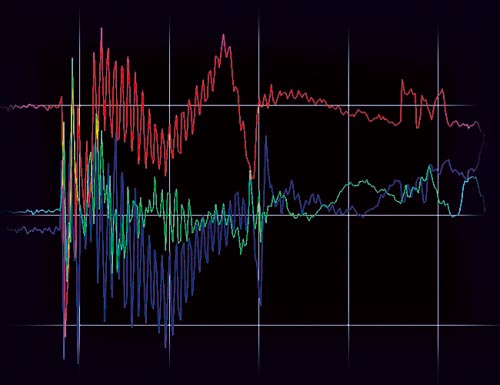
|
|
|
|
|
|
|
|
|
|
|
|
|
|
|
Available in 28”, 30”, 33” and 36”.
|
|
|
The finish on the RV-1 is great. Satin bushings, gloss carbon fibre weave pattern and cool looking logos mean this rod really looks the part.
|
|
|
The DS-Archery RV-1 comes with a unique weight system. Instead of individually threaded weights (which can be fiddly to connect if you do not have the appropriate length threaded bar) the weights are simply drilled with a single piece of threaded bar connecting them all together. I really like this weight system for three reasons. Firstly, you only ever need one bolt; no need to have thread rod in a selection of lengths to attach your weights. Secondly, you can tighten the weights up really tight because the connecting bolt comes with a large allen head (how many times have your weights come loose when you are shooting?) Thirdly, by adjusting the distribution of 4oz and 1oz weights, you can fine tune the balance of your stabiliser without actually adding or removing any weight. The only downside of this system is the inability to attach a doinker to the weights. If DS-Archery were to manufacture an allen bolt with a rubber doinker built in, this system would cover all possible scenarios. I would also like to see an aluminium weight option, a simple and effective way of fine tuning the length of your stabiliser without dramatically altering the mass.
|
|
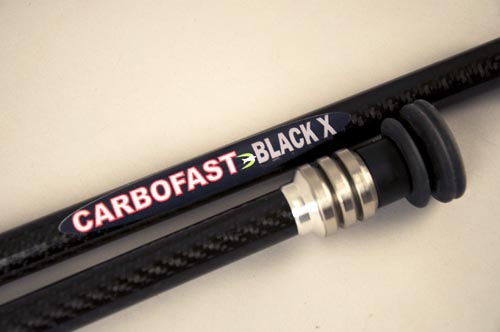 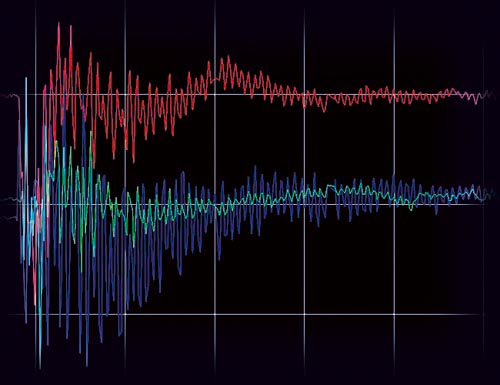 |
The Vibration Characteristics
The graphs represent acceleration in each direction (up-down, left-right, forward-back) of the bow, just before and during the shot. The more vibration that occurs when the bow is shot, the more violently these graphs will oscillate. As you can see, the rods all produce very similar vibration – with the exception of the unique Beiter, which is much quicker at ‘zapping’ the residual vibration from the bow. However, the price you pay for this is having less predictable post-shot vibration. All this happens after the arrow is well clear of the bow, so the reason you would want to try and reduce this is to minimise strain on delicate components such as your limbs, rest and sight.










I consider the too expensive garbage remark. I can’t stand the look, sound as well as feel of the Beats.
The photos for the Carbofast and DS-Archery models are swapped.
Nice review, though.
How you measure stabiliser stiffness?